
Fo’na
Mother of the Chamorro people. Fo’na is the female protagonist of the Chamorro/CHamoru creation myth. In the story, Fo’na (also spelled Fu’una) along with her

Mother of the Chamorro people. Fo’na is the female protagonist of the Chamorro/CHamoru creation myth. In the story, Fo’na (also spelled Fu’una) along with her

Of the different regional groups of the Pacific, the physical anthropology of the peoples of Micronesia is probably the least studied. While archeologists have collected
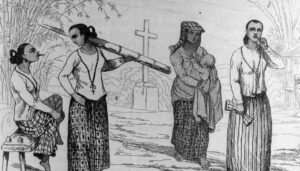
CHamoru women have a legacy of leadership that helped keep the culture and history of their people alive. The earliest accounts of ancient CHamoru society
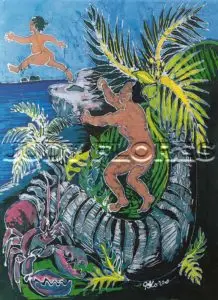
The legend of Puntan Påtgon (Child’s Point) is a folktale about a powerful man who becomes envious of his child’s superior strength:
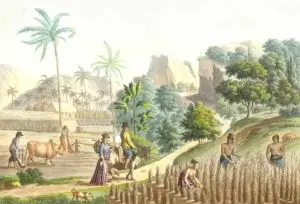
The word “låncho” comes from the word Spanish word “rancheria” and refers to Chamorro farms, ranches, gardens, or family property in the hålomtåno’ (jungle), and

Maga’låhi Yula (also spelled Hula or Yura) was a chief from the village of Apotguan in Hagåtña, who is best known for sparking a Chamorro/CHamoru
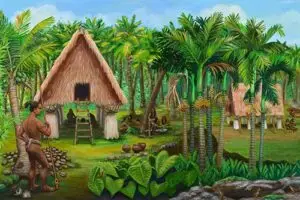
Maga’låhi Tolahi (also spelled Tetlaje or Torahi) was a chief from Tachuc (immediately south of Malesso), who fearlessly led the southern villages in resistance to

Che’lu is a Chamorro term for a sibling; brother or sister. Mañe’lu is the plural form of che’lu, referring to more than one sibling.
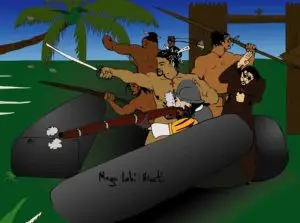
Not all CHamorus fought valiantly against Spanish occupation. There were some who chose to side with the Spanish for a variety of reasons.
Kepuha (also spelled Quipuha) was a maga’låhi from Hagåtña, whose role in welcoming Spanish missionaries to Guam makes him a controversial figure in the island’s